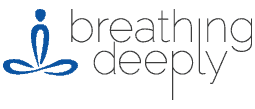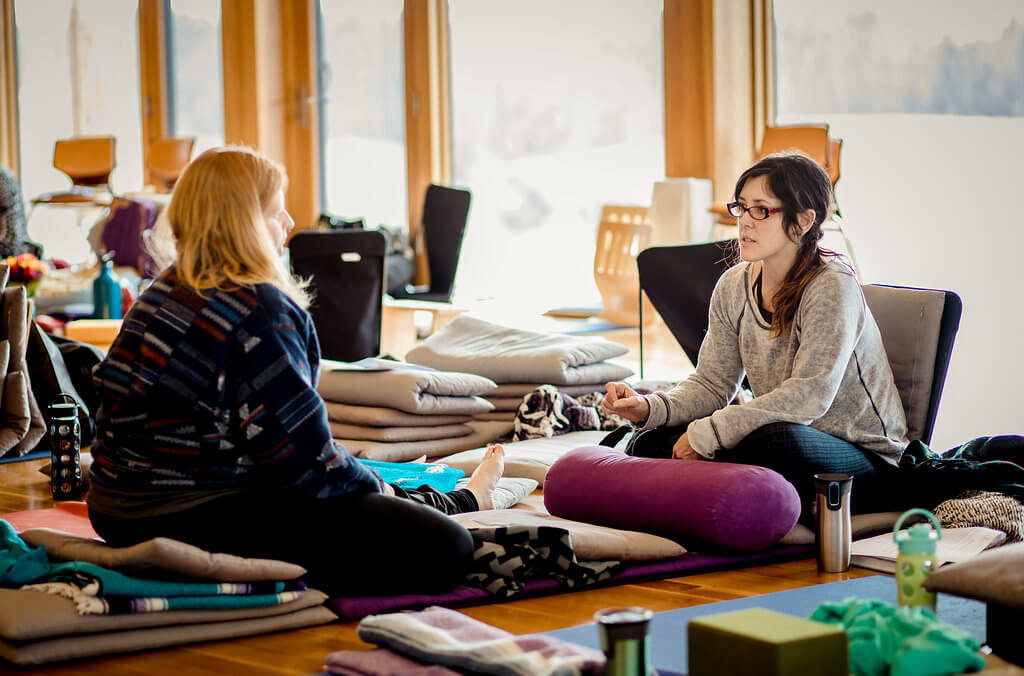
Long term chronic pain can be so difficult to work with. We as Yoga Therapists often see clients with pain that has been present for years. In most cases, these clients have already sought western medical treatment and have not achieved satisfactory results. The koshic model can give a much needed fresh look at a long-term pain condition.
The koshas are an elegant way of viewing ourselves. (graphic). As yogis we may already be used to contacting each level in our practice. Asana for the physical body, pranayama for the pranic body, chanting, meditation and ritual surrender for the deeper layers.
What we may not realize is that these very practices can balance the koshas in a way the keeps our entire system balanced and functioning properly. Modern science is just beginning to understand how the different layers of ourselves effect seemingly mechanical systems in our body. For instance, there is research on how mental states (such as depression or anxiety) can manifest in physical pain. If we look at people through the koshic lens we are led to this conclusion easily. Since all of the koshas affect each other, it is essential that they are looked at as a pathway to healing. When we see people in chronic pain we might want to only address the physical. But what if the problem stems from another kosha? What if it’s a mental issue? Or an issue of depression from being disconnected from the bliss body? Or what about a pranic problem which could be addressed directly?
When we work with long-term chronic pain, we always assess the person in front of us from this perspective. We are then able to suggest practices that might help. In the case of chronic pain, the results can be astonishing. We have seen pain reduced by 75% from practices which at first glance would seem unrelated. Breathing practices reducing back pain. Meditation practices allowing clients to sleep through the night for the first time in years.
Basic kosha balancing is available to everyone and is easily taught to most people. More specific suggestions require a good client/therapist relationship. But all in all the koshic model empowers clients to shift their own pain response and is an effective tool in dealing with chronic pain.
May we all be free from suffering,
Brandt
If you’re interested in knowing more about the koshic model, look at our course, The Radically Balanced Yogi. Designed for anyone, you will walk through the koshas in 6 weeks helping to restore balance to your entire being.
Want to learn to share this information with others? Consider taking our training: the Breathing Deeply Yoga Therapy Program.

